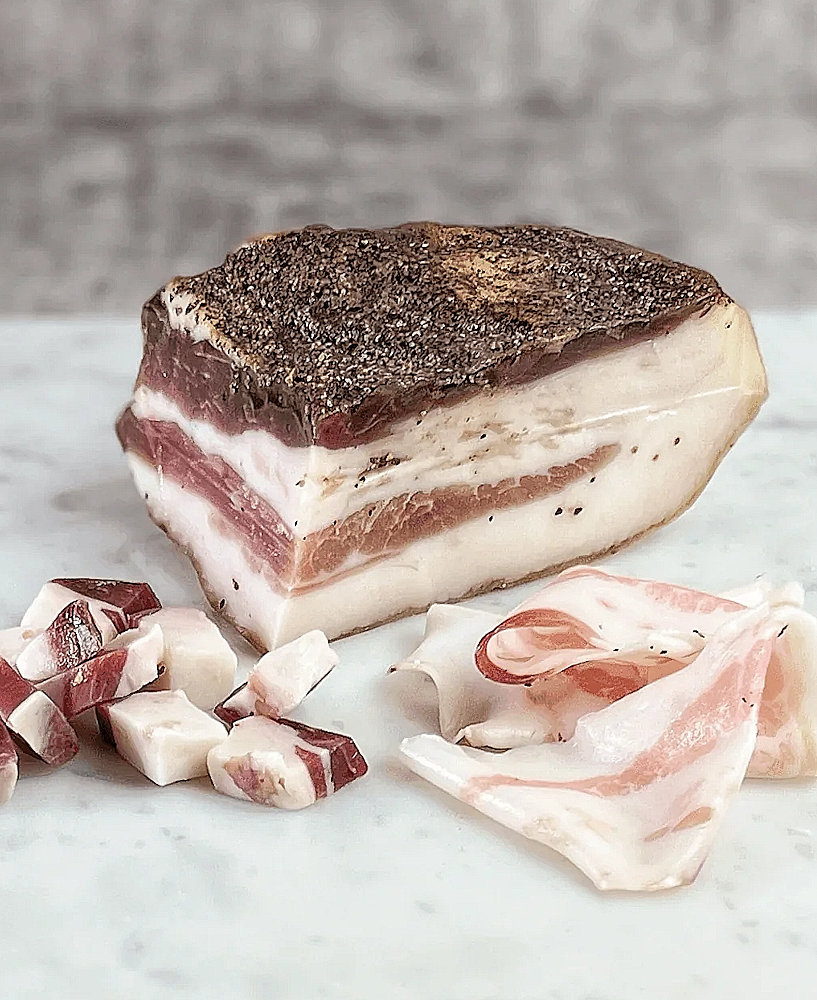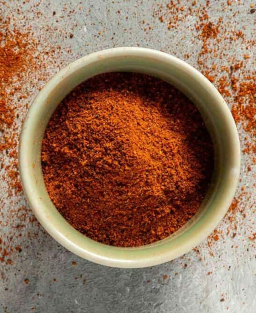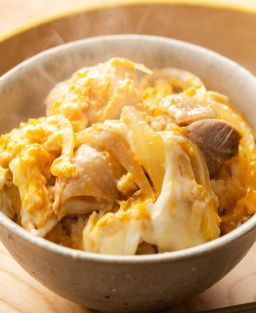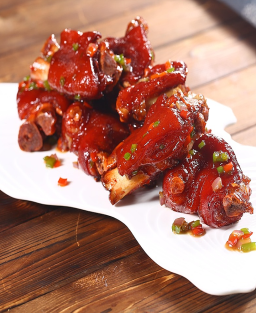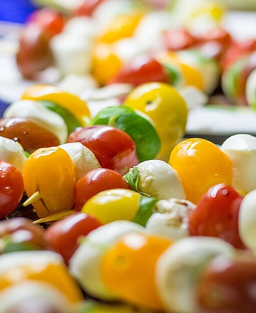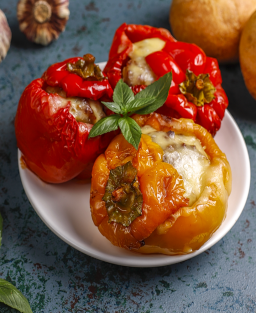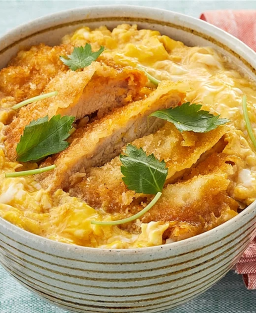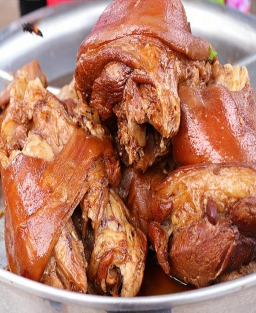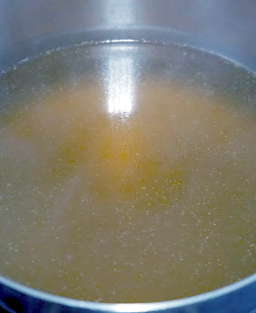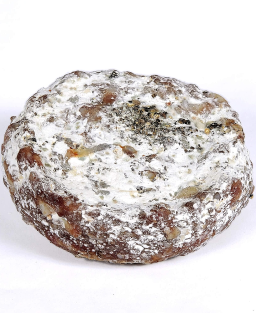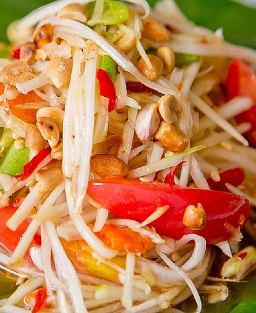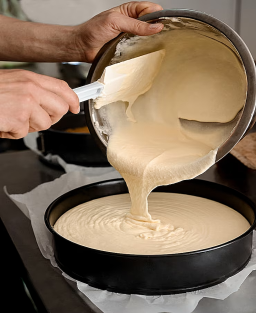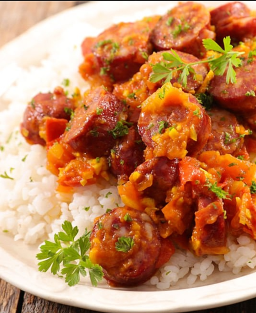- Out-of-Stock
Traditional Homemade Guanciale: Complete Recipe, Artisan Methods, History and Use in Italian Cuisine
Traditional Homemade Guanciale: Complete Recipe, Artisan Methods, History and Use in Italian Cuisine
Traditional Preparation Method for Guanciale
Origin and History
Guanciale is a traditional Italian cured meat that originates from rural regions of Italy, particularly Lazio (around Rome) and Tuscany. It is also produced in other Italian regions such as Umbria and Calabria.
Guanciale is an integral part of Italian culinary history and is inseparable from classic Italian dishes such as carbonara and amatriciana.
The word "guanciale" comes from "guancia," meaning "cheek" in Italian, because this product is made from the pig’s cheek, or sometimes the throat, a particularly fatty and flavorful cut of meat.
History of Guanciale
Guanciale dates back centuries and was originally a method of preserving meat. Farmers used the fattiest and most tender parts of the pig (such as the cheek or throat), naturally marbled with fat. These pieces were then salted and dried, allowing the meat to be preserved without refrigeration.
The guanciale tradition became perfectly integrated into Roman gastronomy. Its use in carbonara and amatriciana likely dates back to the 18th and 19th centuries, while carbonara is a more recent invention, widely popularized in the 1950s.
Pigs Used for Guanciale
Traditional Pig Breeds
The quality of guanciale largely depends on the pig from which it comes. In Italy, butchers primarily use local breeds to produce superior-quality guanciale. Among the most common:
-
Nero di Parma: Traditional black pig breed raised in the Parma region.
-
Cinta Senese: Rustic breed from southern Tuscany, ideal for rich and flavorful guanciale.
-
Casertano: Local breed from Campania, known for its marbled meat.
These pigs are often raised in traditional conditions, fed with chestnuts, acorns, and other local herbs, giving the meat a pronounced flavor.
Raising and Feeding
Pigs destined for guanciale production are raised artisanally, with a natural diet of acorns and chestnuts. This particular feeding contributes to the marbled texture and unique flavor of guanciale.
Rules and Standards for Guanciale Production
-
Salting
Salting is essential for preserving and enhancing the flavor of the meat. Salt is applied along with sugar and spices (black pepper, herbs, garlic). Salt must be non-iodized and used at 30-40 g per kg of meat. -
Drying
Drying lasts between 3 and 6 weeks and must take place in a cool environment (10–15°C) with 60–70% relative humidity. The meat should be hung or placed on a rack to allow constant airflow. -
Aging and Monitoring
Once salted, the meat must be regularly checked for texture, humidity, and appearance. Good guanciale should be firm but slightly soft to the touch, with fat that melts delicately in the mouth. -
Use of Herbs and Spices
Herbs and spices like black pepper, rosemary, and sage are used to enhance flavor without masking the natural taste of the pork.
Guanciale in Italian Cuisine
Guanciale is a key ingredient in traditional Italian recipes such as:
-
Carbonara: Guanciale cubes add richness to the dish.
-
Amatriciana: Guanciale sautéed with tomatoes, onions, and white wine.
-
Pasta alla Gricia: Precursor to carbonara, with guanciale and pasta, without eggs or tomatoes.
Complete Homemade Guanciale Recipe
Ingredients for Traditional Guanciale Preparation (for 2 kg of meat)
-
Pork cheek or throat: recommended weight 1.5–2.5 kg per piece, ideally around 2 kg for a good balance of fat and lean meat.
-
Non-iodized sea salt: 3–4% of meat weight, 60–80 g for 2 kg.
-
White or brown sugar: 5% of meat weight, 100 g for 2 kg.
-
Coarsely ground black pepper: 1–2 tablespoons, depending on desired aroma.
-
Garlic (optional): 1–2 cloves, finely chopped or pureed.
-
Dried aromatic herbs (optional): 1 tablespoon for 2 kg of meat (rosemary, thyme, sage).
-
Dried red chili (optional): 1/2 teaspoon for 2 kg.
-
Absorbent paper or clean cloth: to dry meat after curing.
-
Food-grade cotton string or natural rope: to hang guanciale during drying.
Traditional Preparation Method for Guanciale
-
Meat Preparation (Pre-salting)
Choose a fresh pork cheek with a good balance of white fat and red muscle.
Remove the skin if present, and gently singe any remaining hairs.
Remove impurities and dry the meat before starting. -
Salting and Seasoning (Dry Cure)
Mix in a bowl: salt + sugar + black pepper, adding garlic, herbs, and chili if desired.
Rub the mixture generously over the meat, covering all surfaces.
Place the meat in a non-metal container (stainless steel or food-grade plastic), cover with plastic wrap or a linen cloth.
Refrigerate for 7–10 days, turning the meat every 2–3 days for even curing. -
Drying and Aging
After salting, dry the meat thoroughly with paper or cloth.
Optional: coat the outside with crushed pepper or dried herbs.
Hang using cotton string in a cellar, pantry, or cool room:
-
Ideal temperature: 10–15°C
-
Relative humidity: 60–70%
-
Duration: 3–6 weeks depending on the size of the piece and environmental conditions
Important: the piece should be away from walls (20–30 cm) and have good airflow.
-
Quality Test (Visual and Tactile Check)
-
Texture: firm but slightly soft in the center.
-
Exterior color: from dark red to light brown, with a dry but uncracked crust.
-
Smell: mild, clean aroma, without acidity or abnormal mold.
-
Fat: white and melting when sliced; the meat should remain marbled.
-
Storage
Guanciale can be:
-
Thinly sliced and consumed immediately
-
Stored in vacuum bags, in food paper, or hung in a cool place
-
Refrigerated, it can last several months











